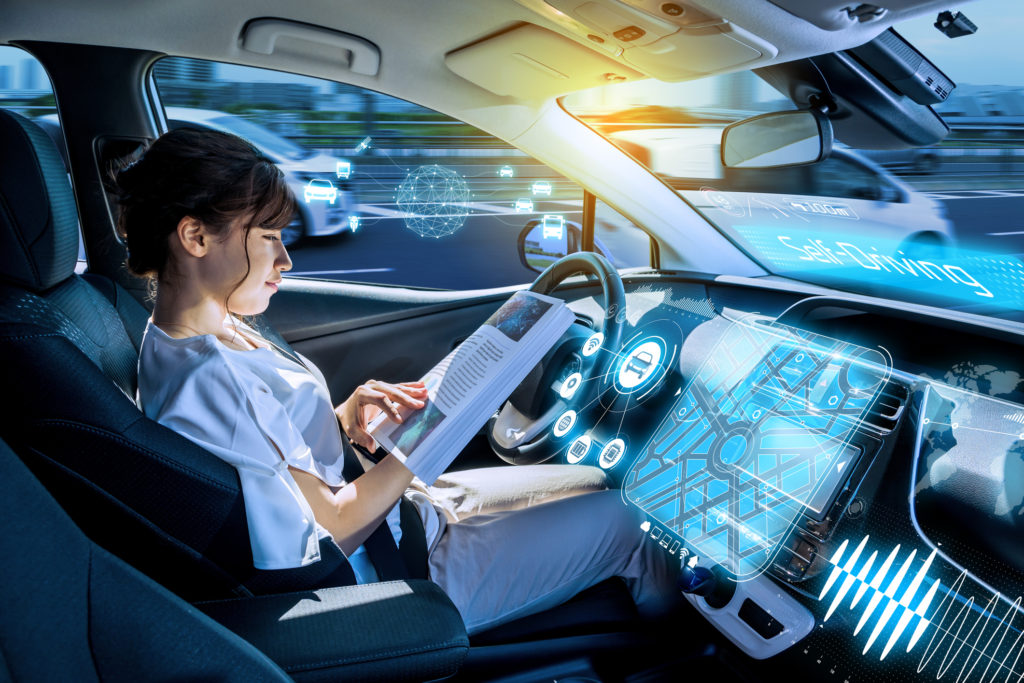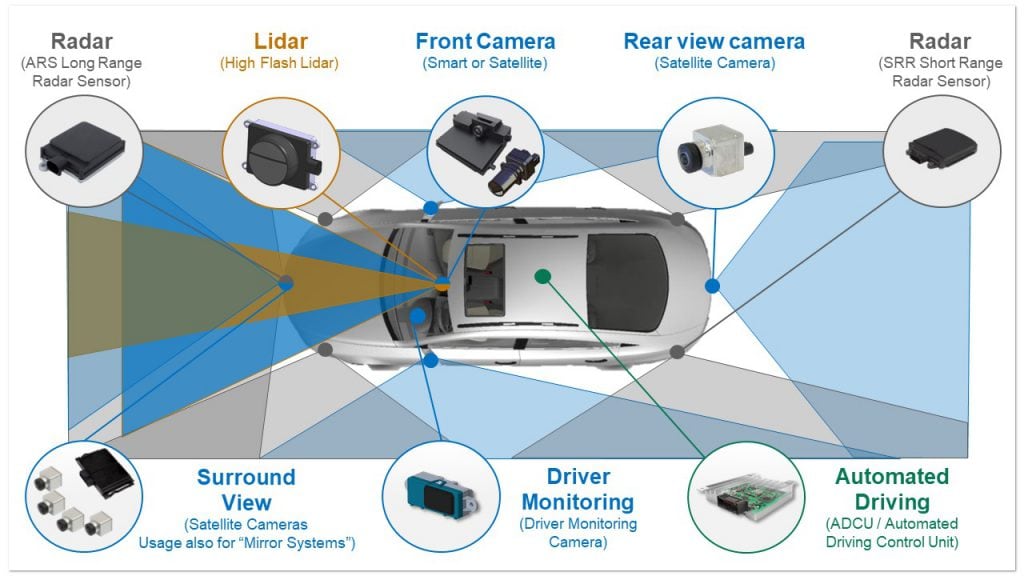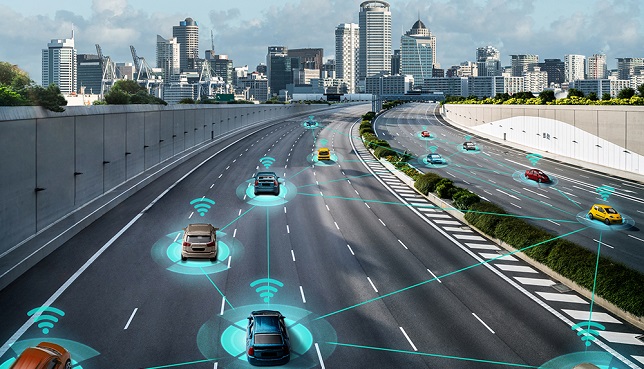Study of research in automobile technology
Introduction
The automobile industry has been witnessing rapid advancements in technology in recent years. From electric vehicles to autonomous driving capabilities, there have been significant innovations that are shaping the future of transportation. In this essay, we will explore the latest technologies in automobiles and their impact on the industry and society.
1.Electric Vehicles (EVs):
One of the most significant technological advancements in the automotive industry is the development and widespread adoption of electric vehicles. EVs are powered by electric motors and use rechargeable batteries as their primary source of energy. The increasing concerns over climate change and the need for sustainable transportation have driven the demand for EVs. Companies like Tesla, Nissan, and Chevrolet have introduced popular electric models, and many other automakers are investing heavily in electric vehicle development. The latest EVs offer longer driving ranges, faster charging times, and improved battery technology, making them more practical and appealing to consumers.
2.Autonomous Driving:
Autonomous driving technology, also known as self-driving or driverless technology, has made significant strides in recent years. Companies like Tesla, Waymo (owned by Alphabet), and Uber have been at the forefront of autonomous vehicle development. These vehicles use a combination of sensors, cameras, radar, and artificial intelligence algorithms to perceive the environment and make decisions without human intervention. Autonomous driving has the potential to improve road safety, reduce traffic congestion, and enhance transportation efficiency. However, there are still regulatory and technical challenges to overcome before fully autonomous vehicles become mainstream.
3.Advanced Driver Assistance Systems (ADAS):
ADAS technologies are designed to assist drivers and enhance safety on the road. These systems use sensors and cameras to monitor the vehicle's surroundings and provide warnings or take action to prevent accidents. Some common ADAS features include adaptive cruise control, lane-keeping assist, automatic emergency braking, and blind-spot detection. These technologies are continuously improving, with more sophisticated sensors and algorithms being developed to enhance their effectiveness.
4.Connected Cars:
Connected car technology refers to the integration of vehicles with the internet and other communication networks. Connected cars enable various features such as real-time navigation, infotainment systems, remote vehicle monitoring, and diagnostics. With the help of built-in cellular connectivity, vehicles can communicate with other vehicles (V2V communication) and infrastructure (V2I communication) to improve safety and efficiency on the road. Additionally, connected cars can provide valuable data to automakers and service providers, allowing them to offer personalized services and enhance the overall driving experience.
5.Vehicle-to-Everything (V2X) Communication:
V2X communication is an emerging technology that enables vehicles to communicate with everything around them, including other vehicles, pedestrians, traffic lights, and road infrastructure. It enables real-time sharing of information, such as traffic conditions, road hazards, and upcoming traffic signals, to improve safety and optimize traffic flow. V2X communication has the potential to revolutionize transportation by enabling cooperative driving, reducing accidents, and enhancing overall efficiency.
6.Augmented Reality (AR) in Head-Up Displays (HUDs):
AR technology is being integrated into head-up displays (HUDs) to provide drivers with relevant information while keeping their eyes on the road. HUDs project information onto the windshield or a transparent screen in front of the driver, allowing them to see essential data, such as speed, navigation directions, and traffic alerts, without having to look away. AR HUDs can also overlay virtual objects onto the real-world view, providing enhanced navigation guidance and highlighting potential hazards.
7.Advanced Materials and Lightweighting:
Automakers are continually exploring ways to reduce the weight of vehicles to improve fuel efficiency and range in internal combustion engines and electric vehicles alike. Advanced materials such as carbon fiber, aluminum alloys, and high-strength steel are being used to replace traditional steel components, reducing weight while maintaining structural integrity.
In conclusion, ongoing research in the automotive industry is focused on various aspects, including electric vehicle battery technology, autonomous driving, advanced driver assistance systems, sustainable materials and manufacturing, connected vehicle technology, energy efficiency, and emission reduction. These research efforts are aimed at transforming the automotive sector by improving vehicle performance, safety, sustainability, and overall driving experience.










































